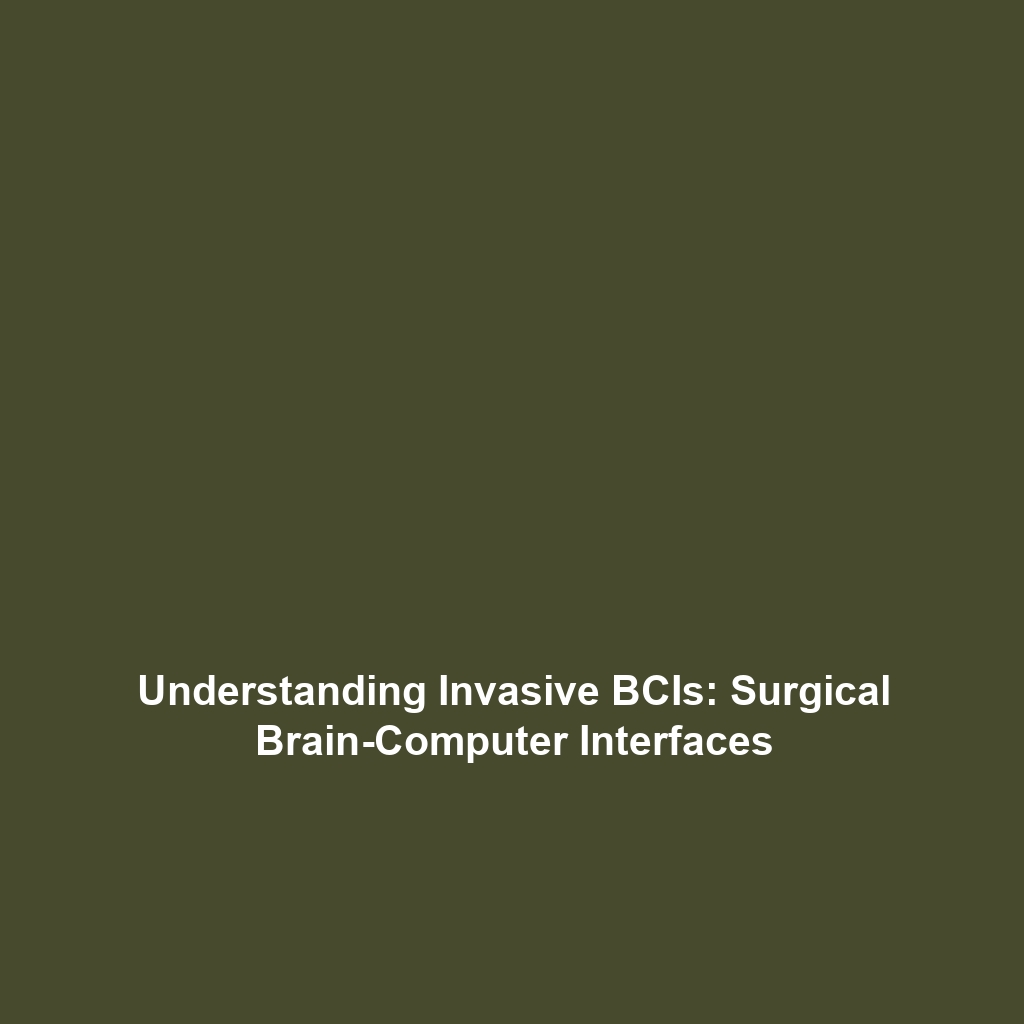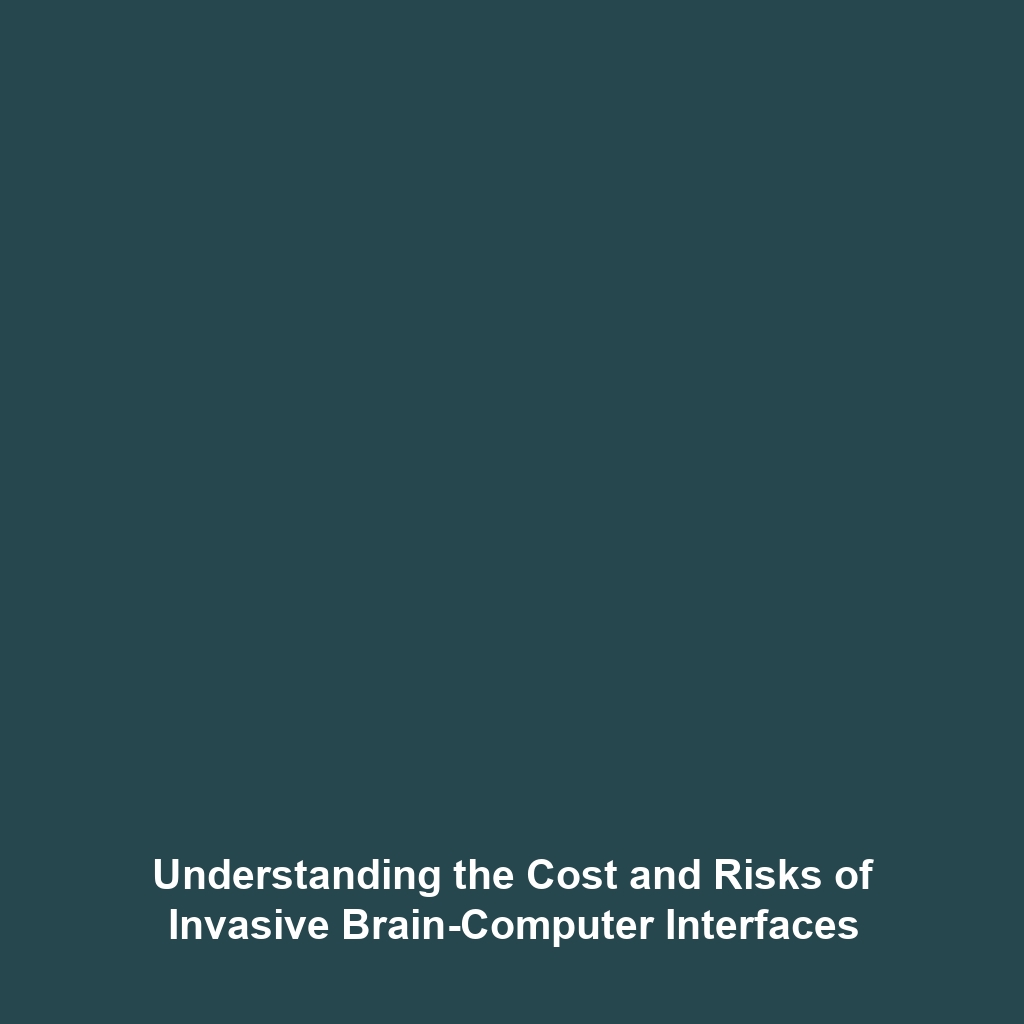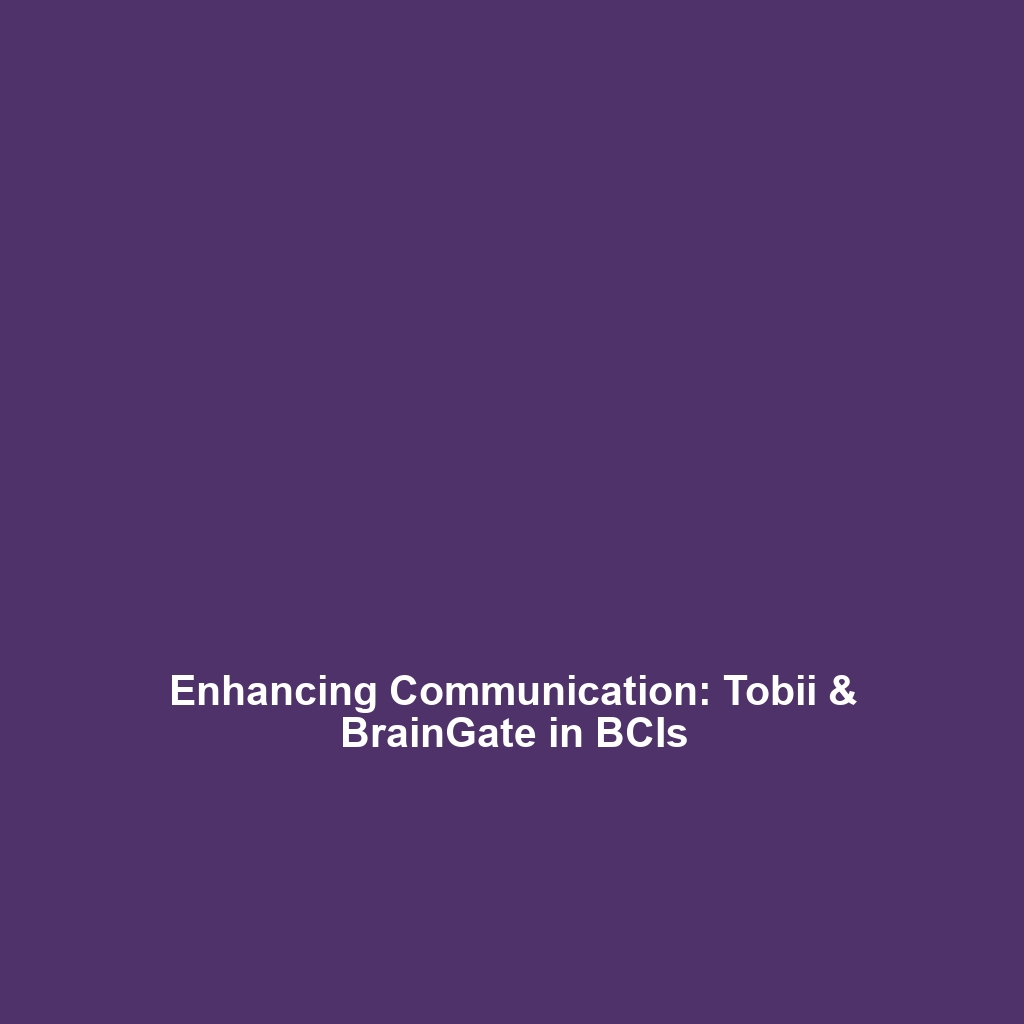Entertainment Experiences: How BCIs Allow Artists to Create From Brain Activity
Entertainment experiences are being transformed by the revolutionary technology of Brain-Computer Interfaces (BCIs). As these interfaces enable direct interaction between our minds and digital platforms, artists are finding innovative ways to express their creativity through music and art, generating outputs directly from brain activity. This synthesis of neuroscience and artistic creation not only enhances artistic possibilities but also opens new avenues for interactive entertainment.
Key Concepts of BCIs in Entertainment
At their core, Brain-Computer Interfaces are designed to decode brain signals and translate them into commands that can control digital devices. The integration of BCIs in entertainment facilitates a unique form of artistic expression, where:
- Neurofeedback: Artists can receive real-time feedback on their emotional states, influencing their creative processes.
- Direct Brain Communication: Instead of using traditional instruments, creators can articulate their thoughts and feelings directly into their art or music.
This paradigm shift not only redefines creativity but also enhances audience engagement by providing a deeply personalized experience.
Applications and Real-World Uses
The practical applications of BCIs in music and art creation are numerous:
- Interactive Art Installations: Artists are using BCIs to create dynamic art pieces that change based on the viewer’s brain activity.
- Mental State Music Composition: Musicians can compose music influenced by their mood, with BCIs interpreting brain waves into sound.
- Therapeutic Art Creation: BCIs are employed in therapy settings, where art is used to explore emotional and psychological states, offering insights into the patient’s mind.
These examples illustrate how BCIs are used in entertainment and highlight the innovative strides in creative processes, empowering artists through technology.
Current Challenges in BCI Entertainment Experiences
Despite the exciting prospects, there are several challenges and limitations of integrating BCIs into entertainment experiences:
- Technical Limitations: Current BCI technologies may lack precision, making it difficult for artists to achieve desired outputs.
- Accessibility: High costs and the need for specialized training limit the widespread adoption of BCIs by artists and creators.
- Ethical Considerations: Concerns about privacy and the ethical use of brain data pose significant hurdles.
Addressing these challenges of BCIs in entertainment is essential for fostering the next generation of creative endeavors.
Future Research and Innovations
Future research in BCIs holds promising innovations that could further enhance entertainment experiences:
- Advancements in Neurotechnology: Breakthroughs in machine learning algorithms may improve signal interpretation, allowing for more nuanced artistic expression.
- Wearable BCI Devices: Enhanced usability with smaller, more comfortable devices could democratize access to BCI technology for artists.
- Collaborative Platforms: Development of platforms where multiple users can create art collectively, connected through their EEG data.
Such innovations will undoubtedly shape the future of Brain-Computer Interfaces and their role in the arts.
Conclusion
BCIs are opening up a new frontier in entertainment experiences, enabling creators to generate artistic outputs directly from their brain activity. This fusion of neuroscience and creativity not only redefines the role of the artist but also paves the way for interactive and personalized art experiences. As technological advancements address existing challenges, the potential for BCIs in music and art will continue to expand. For those interested in exploring further, check out our articles on neurofeedback and the creative process with BCIs.






